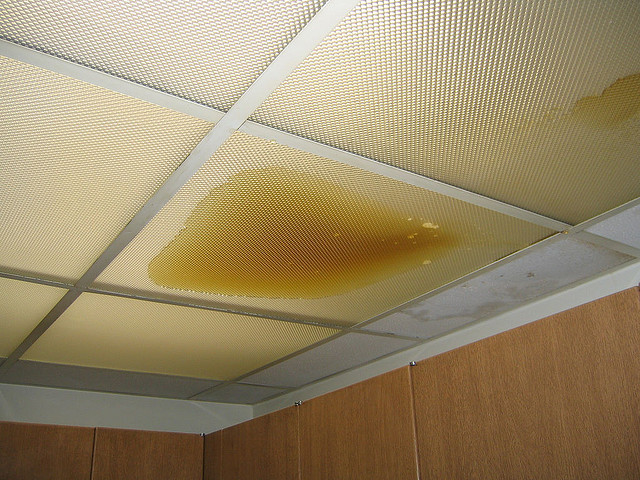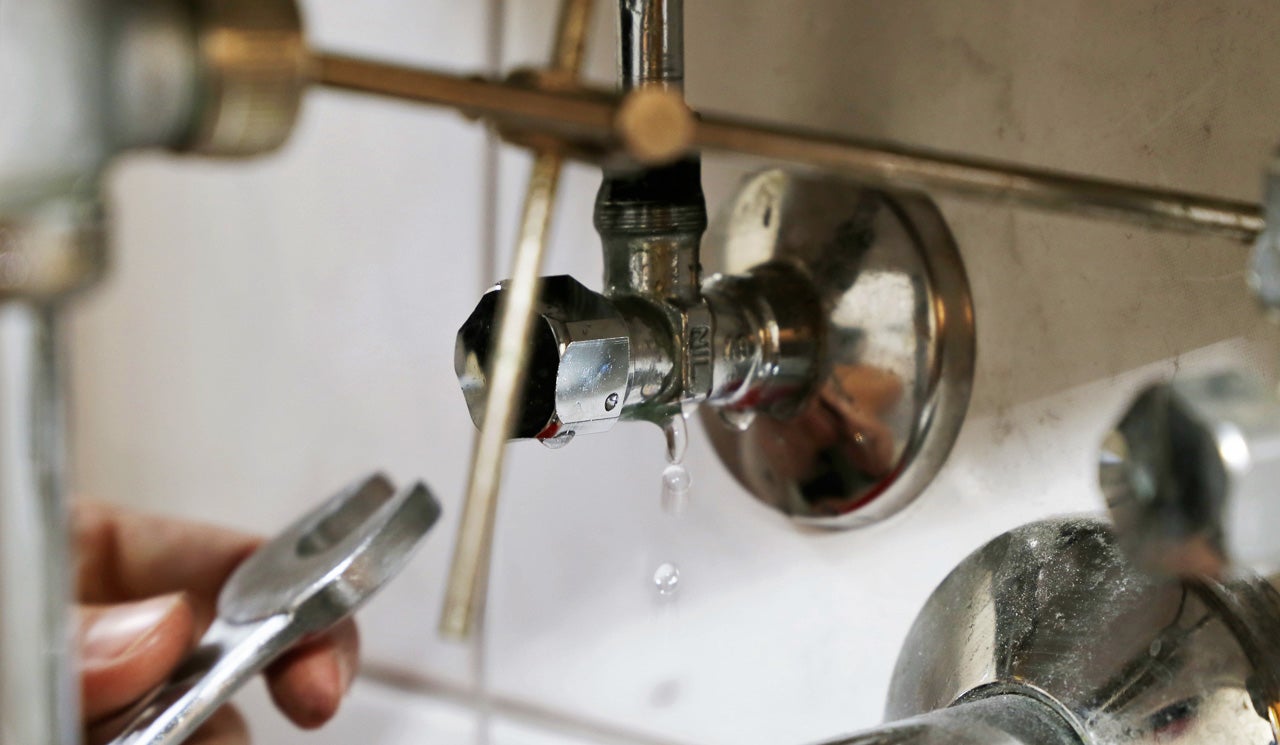Unveil Concealed Water Line Leaks: Six Tested Finding Methods
Unveil Concealed Water Line Leaks: Six Tested Finding Methods
Blog Article
Just about every person has their unique perception on the subject of Locating water leaks.

Early detection of leaking water lines can mitigate a prospective disaster. Some small water leaks may not be visible.
1. Take A Look At the Water Meter
Inspecting it is a guaranteed method that helps you discover leakages. If it relocates, that suggests a fast-moving leak. This means you may have a slow leakage that might even be underground.
2. Check Water Intake
If you identify unexpected adjustments, in spite of your usage being the same, it implies that you have leakages in your plumbing system. A sudden spike in your bill suggests a fast-moving leak.
On the other hand, a constant rise each month, even with the very same habits, reveals you have a sluggish leakage that's likewise slowly rising. Call a plumber to completely examine your residential property, particularly if you feel a warm location on your floor with piping beneath.
3. Do a Food Coloring Examination
30% comes from toilets when it comes to water consumption. Examination to see if they are running correctly. Decline specks of food shade in the container and wait 10 minutes. If the shade somehow infiltrates your bowl throughout that time without flushing, there's a leak between the storage tank and dish.
4. Asses Outside Lines
Don't forget to check your outdoor water lines too. Should water leak out of the connection, you have a loose rubber gasket. One small leak can squander lots of water as well as surge your water expense.
5. Examine and also Evaluate the Situation
Homeowners need to make it a behavior to examine under the sink counters and even inside closets for any kind of bad odor or mold and mildew growth. These two red flags show a leakage so timely interest is required. Doing regular examinations, also bi-annually, can conserve you from a major problem.
Extra notably, if you recognize your house is already old, keep a watchful eye on your heating systems, pipes, pipes etc. Check for stainings as well as compromising as most appliances and also pipes have a life span. They will certainly also normally weaken due to tear as well as use. Do not wait for it to intensify if you suspect dripping water lines in your plumbing system. Call a professional plumber right away so you do not end up with a horrible mess in your home.
Early detection of leaking water lines can minimize a potential calamity. Some tiny water leaks might not be visible. Examining it is a surefire method that helps you find leakages. One tiny leak can lose tons of water and also spike your water expense.
If you believe leaking water lines in your plumbing system, don't wait for it to rise.
WARNING SIGNS OF WATER LEAKAGE BEHIND THE WALL
PERSISTENT MUSTY ODORS
As water slowly drips from a leaky pipe inside the wall, flooring and sheetrock stay damp and develop an odor similar to wet cardboard. It generates a musty smell that can help you find hidden leaks.
MOLD IN UNUSUAL AREAS
Mold usually grows in wet areas like kitchens, baths and laundry rooms. If you spot the stuff on walls or baseboards in other rooms of the house, it’s a good indicator of undetected water leaks.
STAINS THAT GROW
When mold thrives around a leaky pipe, it sometimes takes hold on the inside surface of the affected wall. A growing stain on otherwise clean sheetrock is often your sign of a hidden plumbing problem.
PEELING OR BUBBLING WALLPAPER / PAINT
This clue is easy to miss in rooms that don’t get much use. When you see wallpaper separating along seams or paint bubbling or flaking off the wall, blame sheetrock that stays wet because of an undetected leak.
BUCKLED CEILINGS AND STAINED FLOORS
If ceilings or floors in bathrooms, kitchens or laundry areas develop structural problems, don’t rule out constant damp inside the walls. Wet sheetrock can affect adjacent framing, flooring and ceilings.
https://www.servicemasterbyzaba.com/blog/how-to-detect-water-leakage-in-walls/

As a passionate person who reads about Detecting hidden plumbing leaks, I figured sharing that piece of content was a great idea. Do you know anybody else who is fascinated with the topic? Be sure promote it. Thanks a lot for your time. Come back soon.
Tap problems? Reach. Report this page